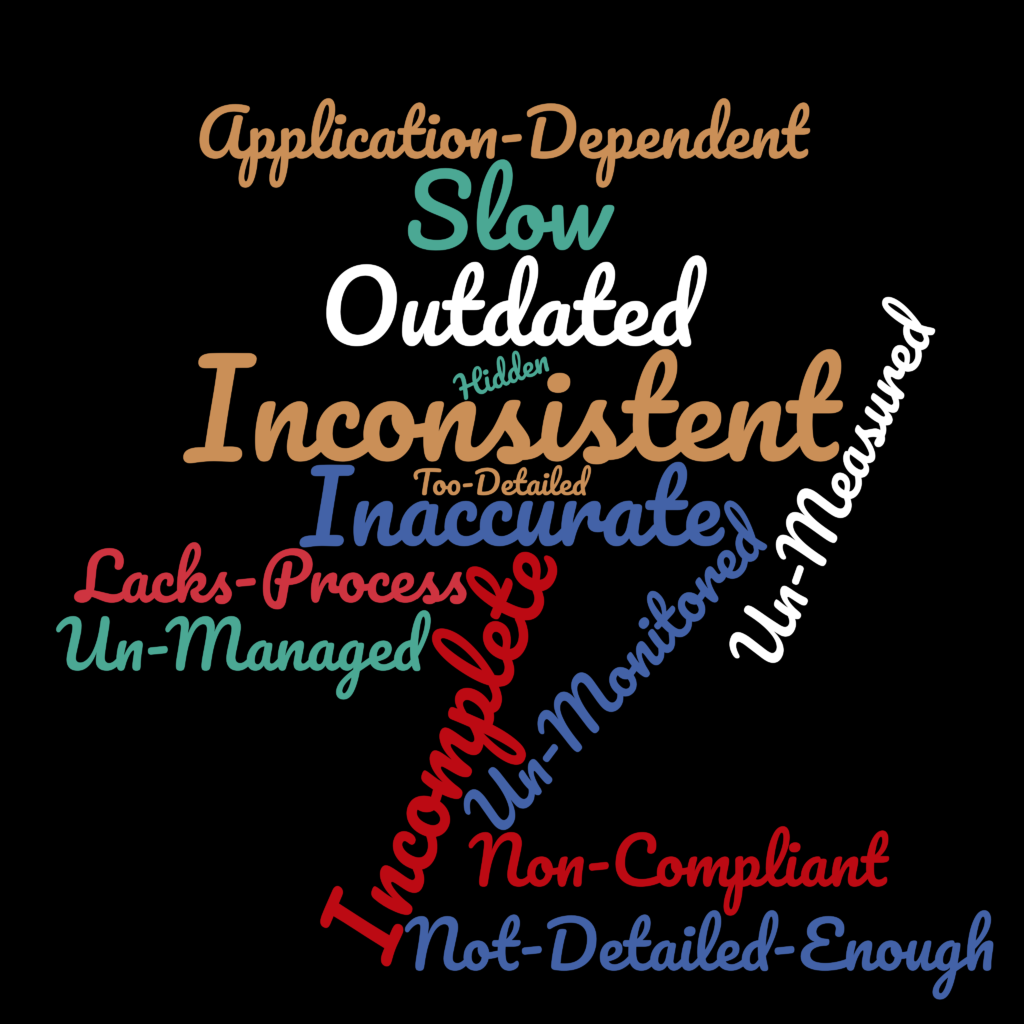
SUMMARY
Globally, data volumes continue to grow faster than anything else in the world. This near exponential rise endures unabated regardless of the state of the economy. For example, a self-driving car can generate upwards to 4TB of data daily and the information derived can by itself be more profitable than the car.
Companies want to be data-driven, lean in on analytics and data lakes, introduce AI and ML. Every company wants to be called a Big Data company or even a Knowledge Company. But what happens when all of these technologies rely on dirty data – data that is inconsistent, out-of-date, incomplete or is not delivered at the right time to the right place?
When companies want to innovate and modernize their business models, Billing is one of the first disciplines where lack of data quality and absence of persistent data management are exposed. This is the first area where the desire to scale new pricing models collides with poor data hygiene and lack of a data management infrastructure. In this research report we examine the role that data plays in the overall success of monetization initiatives such as for Agile Billing and related technologies such as Mediation 2.0, MDM, ETL and others.
KEY ISSUES
- How will the challenges of managing a data ecosystem for monetization evolve?
- What are the effective strategies for improving data hygiene in monetization?
DEFINITION OF MEDIATION
Billing Mediation (Mediation 1.0) is the process of converting usage records in-to a format that can be understood by billing systems
BOTTOM LINE
What can organizations do about the Data Problem in Billing?
To mitigate the risks posed by the lack of data management, organizations need to deploy a multi-faceted strategy which combines investment into in data mediation tools with process improvement, adoption of metrics and deployment of best practices. Most importantly, organizations need a mind-set change when it comes to data:
Organizations talk about solving business problems with technology tools, process and people, but often forget the fourth key element – the data. Make data a priority regardless of applications – focus on a data portfolio management approach, assign budget, develop metrics of success and make it someone’s job.
- Agile Billing is a good place to start the review of the global data management capability. The impact in this area is large and immediate.
- Identify the key data sources and destinations and how the data will be delivered and used – stored, streaming, etc.
- Identify areas where dynamic pricing, usage or outcome pricing can be deployed to give your organization a durable strategic edge. For example, offerings can be priced based on peak vs off-peak periods or dynamically priced based on supply and demand or on achieving or coming close to an outcome like an SLA attainment.
- For data that will enter your Agile Billing domain, focus on data instrumentation, measurement, key metrics (quality, completeness, currency, et al), SLAs and monitoring dashboards. Set up a monitored process to manage your data platform.


